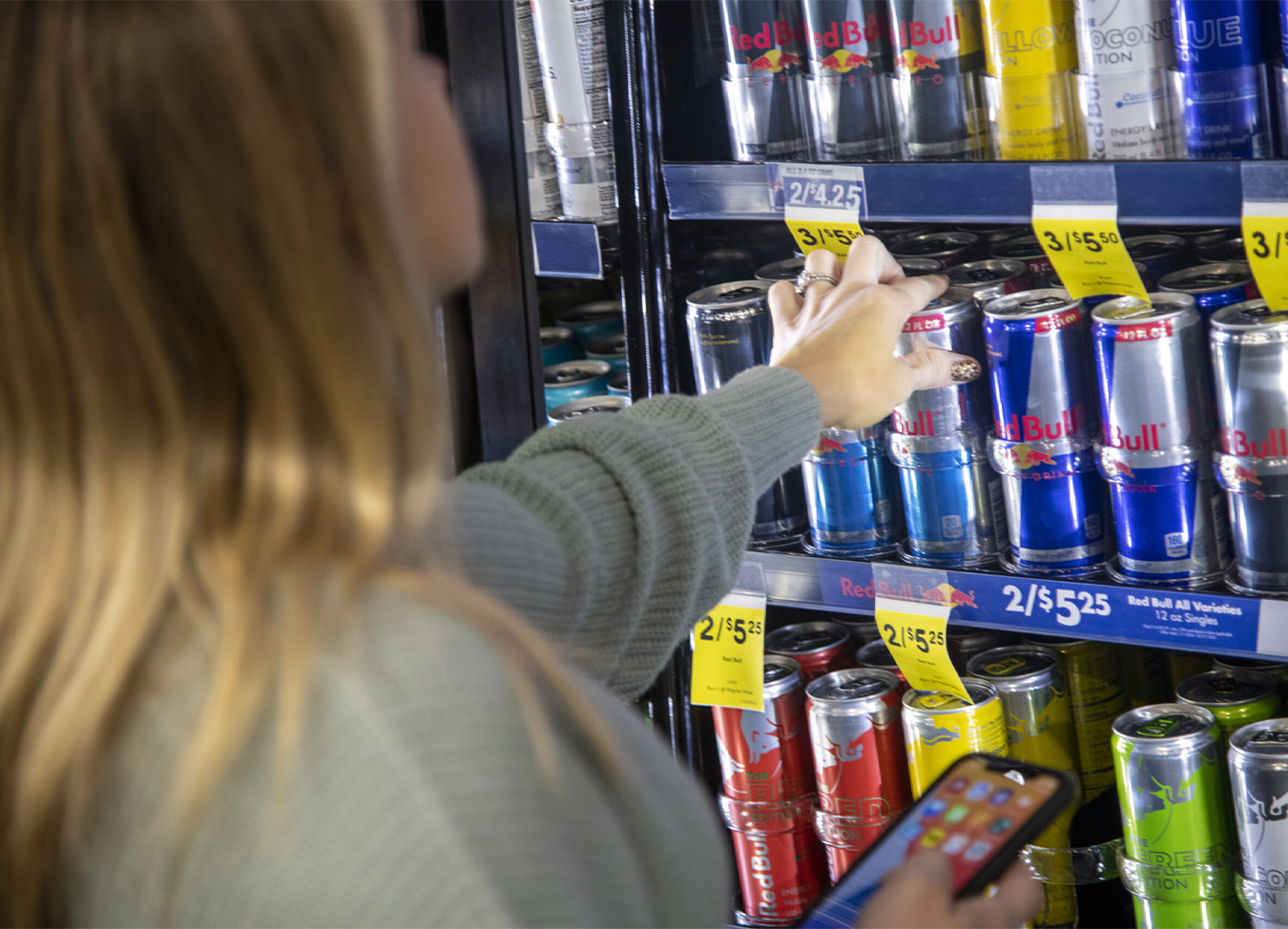
For many CPG manufacturers, the convenience retail market has been a necessity rather than a strategic investment due to the lack of data and insight around product performance. What has long been a blind spot of information can now be a bright spot for CPGs to understand and analyze their consumers much more effectively.
By providing accurate, near-real-time transactional data capture and analysis, new tools are empowering CPG brands to transform their relationships with convenience retailers from mundane necessities to strategic investments.
The Data You Need
Historically, c-stores have provided CPG manufacturers with point-of-sale data on a bi-weekly basis with only the basics included. Although weekly sales, units, and average price could be useful data points, the delay in receiving them has made it difficult for CPGs to perform a deeper dive on understanding trends and reacting in a timely manner. There also has been a lack of granularity in the data, creating the blind spot that many brands haven’t been able to navigate.
Improving the velocity and granularity of this data could yield faster insights and analysis, empowering CPG manufacturers to optimize their strategies faster. Understanding the impact of promotions, estimating volume per outlet, and identifying trends from specific locations could also create promising new opportunities for brands.
This data could also include basket-level insights that enable both c-stores and CPG manufacturers to drive revenue by better understanding related items. For example, is your product commonly paired with a specific companion? Is your product often bought in multiples or as a standalone item?
As a CPG manufacturer, the ability to determine trends around how your product is included in a basket can offer an opportunity to drive sales with the c-store, or even other manufacturers. Being able to increase the average convenience retail transaction by just one item can equate to 20 to 40% more revenue per basket.
One often-overlooked element in the value of c-stores is their large footprint. Across the U.S. there are approximately 40,000 grocery store locations but more than 150,000 convenience retail locations.
This increased quantity offers a number of benefits as you analyze your product and brand strategies. Location-specific analysis and decisions are more feasible when you can break down data into geographic territories.
Layer demographic data on top of this and you can build a more detailed picture of audiences and trends. You can then begin to design strategies that are specifically aligned with product preferences by region, district, or even neighborhood—including different SKU-level elements such as flavors and sizes.
Actionable Data Makes the Difference
Convenience retail customers are often considered to be impulse buyers, as evident in studies by Unravel Research that discovered 62% of in-store purchase decisions are made on impulse. While this can be intimidating to some strategists, it actually reveals great potential to influence buying decisions in real-time, right in the store.
Items such as display, pricing, packaging, availability, and promotions can influence the brand, flavor, size, or quantity of a consumer’s ultimate purchase. Having the data behind consumer trends can help CPG manufacturers better influence these buyers and drive revenue.
But as c-stores continue to expand their “convenient” offerings by adding elements like foodservice, they’re becoming more than just the beer and tobacco stops they once were. Conventional diagnostics regarding bundling, sniping, and other sales drivers can now be applied across all of a brand’s channels. More data on these tactics can provide a deeper and clearer understanding of what worked and what didn’t. In turn, these actionable data points can also inform how (and if) a program should be rolled out more widely and in which areas.
These deeper, more descriptive insights can also lead to partnered programs. Rather than relying on estimates and guessing how a program impacted sales, you can now have proof of ROI in your data.
Partnering with a c-store chain to run promotions in all of their locations could drive valuable data for both CPG manufacturers and retailers. Being able to showcase basket size and sales pre-promotion, during promotion, and post-promotion allows for a full-scope viewpoint that can be analyzed for greater effectiveness in future programs.
Loyalty Programs Drive Insights
Most convenience retail chains have their own loyalty programs these days. Mobile apps, social media, and email are all valuable ways to engage with today’s digitally connected consumers, and loyalty programs allow that to happen. Partnering with a retailer and their loyalty program can help make your promotional programs more impactful.
Beyond the ability to get in front of consumers both inside the store and elsewhere, loyalty programs add a layer of detail about consumers and how they’re interacting with your brand. You can gauge the difference in impulse purchases versus planned ones, understand additional demographics if they are part of the loyalty program data, and layer in other details about these loyal customers—such as how often they visit, what they typically purchase, and more.
What was once an area of great uncertainty, convenience stores are now becoming a strategic and insightful avenue for CPG manufacturers to collect valuable data. New tools allow you to refine your product mix, optimize your marking activities, and even create or adjust your strategies. Collecting more timely and detailed data about c-store consumers can help you maximize revenue in this channel and beyond.
To learn how visit our Insights and Analytics page.



